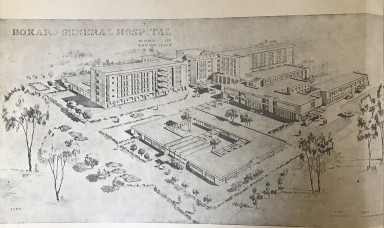Beyond socialist cities and superblocks: Contextualized modernism of an Indian planned working-class city
In this paper, I move beyond the mainstream analysis of modernist architecture, which often focuses on collections of iconic buildings designed by renowned architects. Instead, I approach modernism as a set of urban planning principles that shape entire city environments. Taking Bokaro Steel City—an Indian ‘temple of modernity’—as a case study, the paper dispels the myth that modernist urbanism was exclusively a Western or Soviet phenomenon. By examining the city’s distinctive housing schemes, I show how urban design was employed as a social policy instrument to create an accessible, future-oriented city for all.
